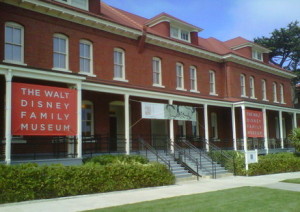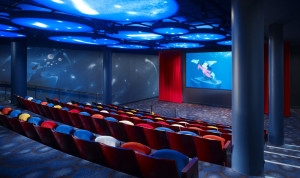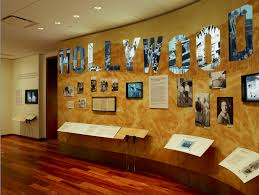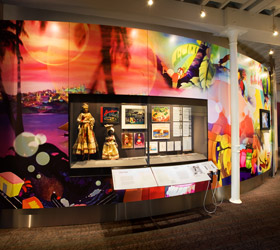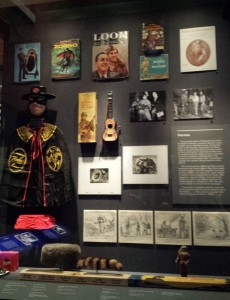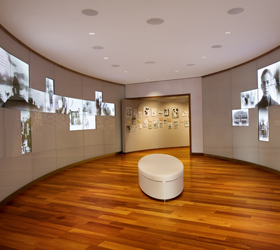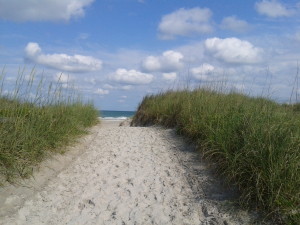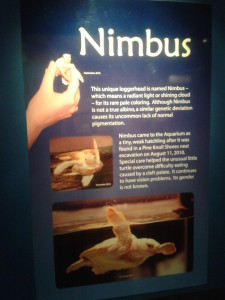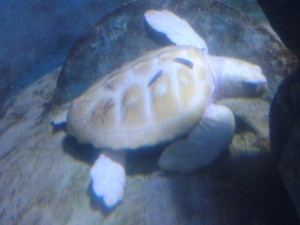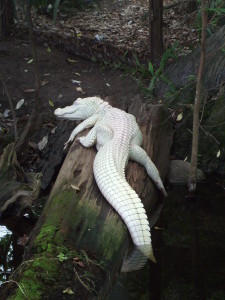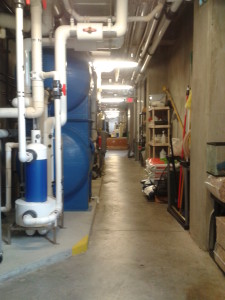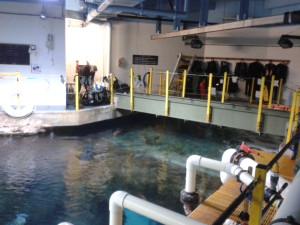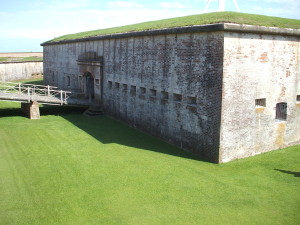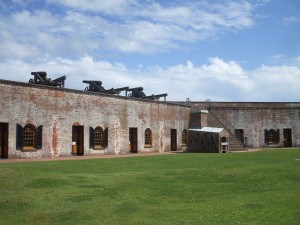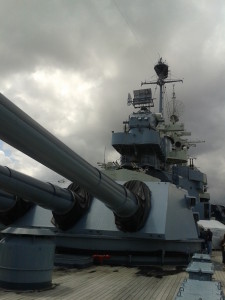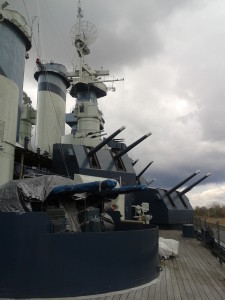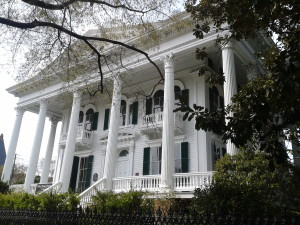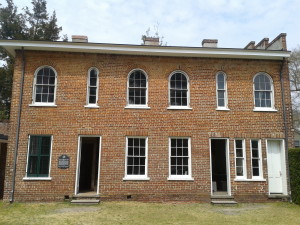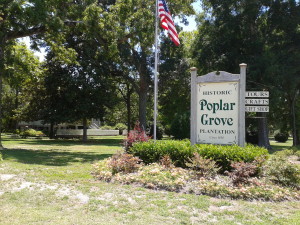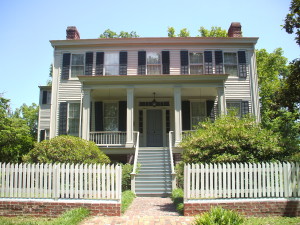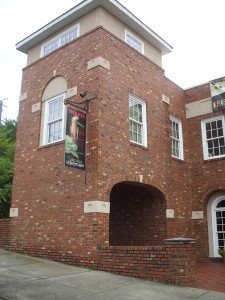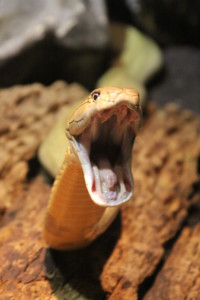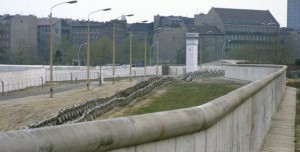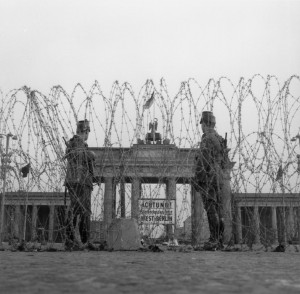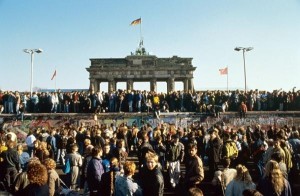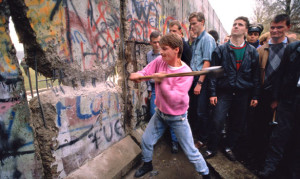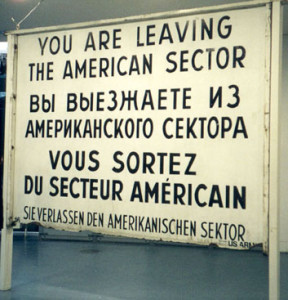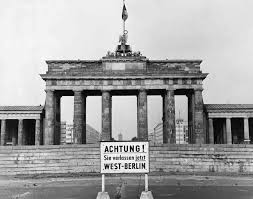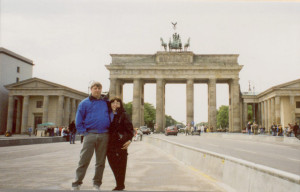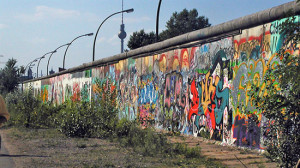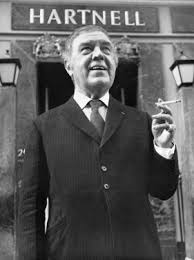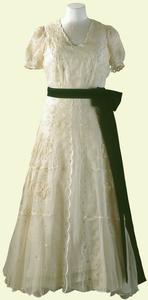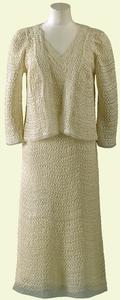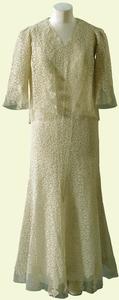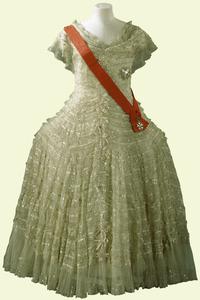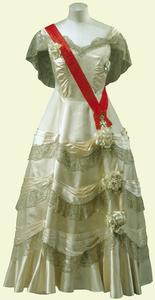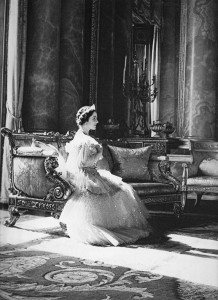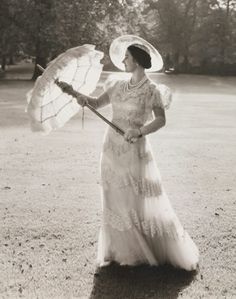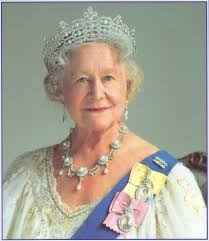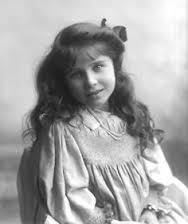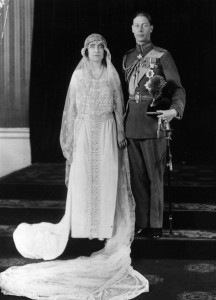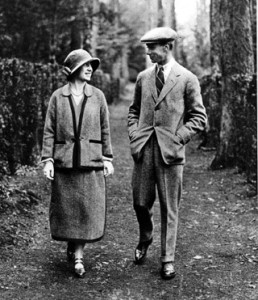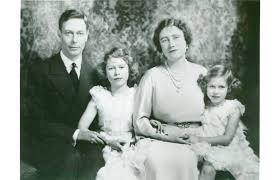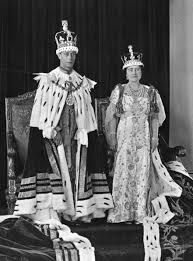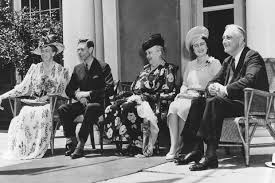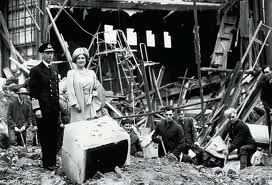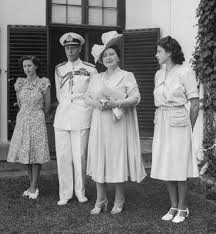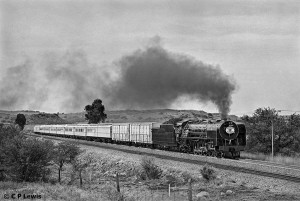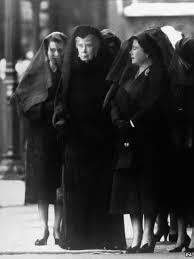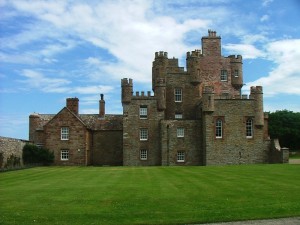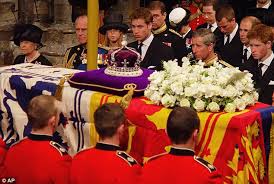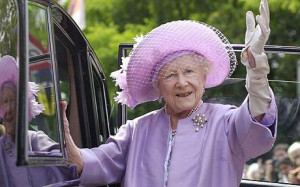As many readers known from my previous posts, I grew up in Southern California about a one hour drive from Disneyland in Anaheim.CA. Our family went often over the years we enjoyed seeing the attractions, riding the rides and the watching the parades at the theme park. So, as a result of my interest in all things Disney, I have read many books on the fascinating history of Disneyland and the Walt Disney Company. This year, on a recent road trip to California, we took a side trip to see the Walt Disney Family Museum located on the grounds of the historic Presidio in San Francisco.
A brief history of the Walt Disney Family Museum
The Walt Disney Family Museum is located on grounds of the Presidio which was a former U.S. military facility located in San Francisco. The Presidio was closed as a US government Army post in 1989 and the administration of the property was transferred to the National Park Service. The museum, which opened in 2009, is funded by the Walt Disney Family Foundation which was started by Diane Disney Miller, Walt’s daughter, and was built as a lasting memorial to Walt Disney’s work in animated films, television and other aspects of the entertainment industry including his beloved theme parks. The museum occupies three brick buildings and the two main buildings were formerly Army barracks which were originally built in the 1890s and additional special exhibits are displayed in the adjacent Diane Disney Miller Exhibition Hall which was formerly the Presidio gymnasium which was built in 1904.
The 40,000 square feet space of the main portion of the museum features an interior designed with state of the art exhibits and interactive displays in 10 themed galleries that the visitors can move through in chronological order viewing the highlights of Walt Disney’s personal and professional life. There is also a movie theater located in the lower level of the museum which shows limited engagements of past classic Disney movies and the theater’s interior design was inspired by the scene of Mickey Mouse as the Sorcerer’s Apprentice from the 1940 movie “Fantasia” which coincidentally was the first film to shown in the theater after the museum opened.
One of the most interesting elements of the museum, aside from the fact that visitors can view a wonderful collection Disney historical artifacts and memorabilia, is being able to hear Walt’s narration of the various stages of his life played throughout the various sections of the museum. These voice tracks came from 19 hours of tapes that Diane, Walt’s daughter, had made during the 1950s which were to be used later as source for a biography about her father.
A tour of the Walt Disney Family Museum
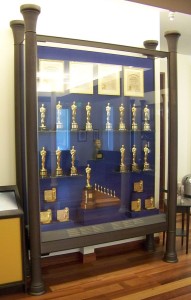 In the lobby of the museum are several display cases with the 248 awards that Walt received during his long career in the entertainment industry. Some of those awards include the twenty-six Academy Awards that he received throughout his career including his first two Academy Awards received in 1932 for the Best Short Subject Film (“Flowers and Trees” cartoon) and an Honorary Academy Award for the creation of Mickey Mouse. In 1939, Walt was presented with another Honorary Academy Award for the achievement of the first feature length animated film, “Snow White and the Seven Dwarfs” (Be sure to take a look at the award as it was cleverly presented in the form of one full sized Oscar statue and seven additional miniature ones presented on stepped base) Also shown in the lobby display cases are Disney’s seven Emmy Awards, the Presidential Medal of Freedom which was presented to Walt in 1964 by President Johnson, and several honorary degrees from such prestigious colleges as Harvard, Yale, the University of Southern Californian and UCLA.
In the lobby of the museum are several display cases with the 248 awards that Walt received during his long career in the entertainment industry. Some of those awards include the twenty-six Academy Awards that he received throughout his career including his first two Academy Awards received in 1932 for the Best Short Subject Film (“Flowers and Trees” cartoon) and an Honorary Academy Award for the creation of Mickey Mouse. In 1939, Walt was presented with another Honorary Academy Award for the achievement of the first feature length animated film, “Snow White and the Seven Dwarfs” (Be sure to take a look at the award as it was cleverly presented in the form of one full sized Oscar statue and seven additional miniature ones presented on stepped base) Also shown in the lobby display cases are Disney’s seven Emmy Awards, the Presidential Medal of Freedom which was presented to Walt in 1964 by President Johnson, and several honorary degrees from such prestigious colleges as Harvard, Yale, the University of Southern Californian and UCLA.
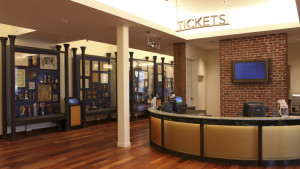
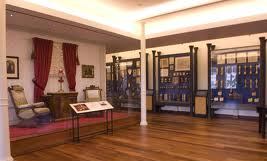
As previously mentioned, the ten permanent galleries in the museum are arranged in chronological order. The first gallery is “Beginnings: Walt Disney’s Early. As visitors enter this section, one wall shows photographs of the Disney family, including Walt’s grandparents and his parents. (Be sure to look for the charming photo of baby Walt and also a copy of his birth certificate) The displays in this section tell Walt’s story which begins in 1901 when he was born Chicago, IL and follows the family as they moved to a small farm in Marceline, MO to Kansas City, MO and then back to Chicago in 1917 where Walt attended McKinley High School and also took night classes at the Chicago Academy of Fine Arts. (Be sure to look for a copy of the Voice Yearbook from McKinley High which featured illustrations drawn by Walt) After graduating, Walt joined the American Ambulance Corps stationed in France for the duration of World War I. (Visitors will see a replica of one of the ambulance vehicles that Walt drove on display in this section of the museum) When Walt returned to the states in 1920, he chose to go back to Kansas City to work for an advertisement company. By this time in his life Walt had discovered the art of animation and he became fascinated by this relatively new form of entertainment. Eventually, Walt started the Laugh-O-Gram Films which produced animated short films but unfortunately the company soon went bankrupt and Walt moved to California. (Be sure to look for Walt’s Laugh-O-Gram business card and the company’s first stock certificate that was issued to Walt’s parents, Elias and Flora Disney)
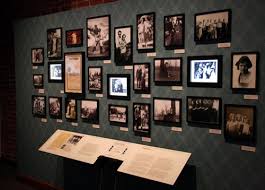
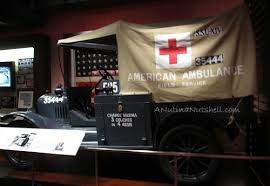
The second gallery of the Museum is “Hollywood” tells Walt’s story of when he arrived in California in 1923 hoping to find employment working in Hollywood as a movie director. Walt and his brother, Roy, formed the Disney Bros. Studio company and hired several former employees of Laugh-O-Gram to come to Hollywood to work on the series of live action/animated short films based upon the Alice in Wonderland books. Around this time, a girl named Lilian Bounds came to work at the Disney Studio in the “Paint and Ink” department. Walt fell in love with the petite fun-loving Lillian and after a brief courtship they were married on July 25, 1925. (Be sure to look for a copy of Walt and Lillian’s marriage certificate) Now, with the limited success of the Alice Comedies, the Disney Studio received a contract from Universal Pictures to create a series of animated shorts starring Oswald the Lucky Rabbit. Walt had now started to focus more on story development, film direction and he was no longer working as an animator. Then in 1928, despite film distribution problems with Universal, Walt went to New York City to negotiate higher fees and ended up losing not only the contract but also the rights to the character of Oswald, the situation taught Walt an important lesson about retaining financial and creative control in the entertainment industry. Walt was very discouraged about the business setback but Lillian encouraged him to keep trying and on the train ride back to California Walt started to sketch ideas for a new mouse character which Lillian named Mickey Mouse. (Be sure to look for the display featuring Walt’s first sketches of Mickey Mouse) The character of Mickey Mouse went on to become a national sensation, especially after he was featured in the first animated film with synchronized sound. (Visitors should check out the large display of the Mickey Mouse merchandise that was available in those early years of the company)
The third gallery of the museum is “New Horizons”. With the financial success of Mickey Mouse, the Disney Bros. Studio now had the funds to move into much larger facilities. The newly renamed Walt Disney Studios now concentrated on improving their animation techniques with better equipment that was used to create the first Technicolor cartoons. Visually the quality of the Disney cartoons increased to another level with improved story lines, character development and better sound quality with music added to the finished cartoons. As previously mentioned, in 1932 Walt won his first Academy Award for the Best Short Subject Film, “Flowers and Trees”, one of the animated cartoons in the “Silly Symphonies” series. That same year, Walt received an Honorary Academy Award for the creation of Mickey Mouse. (Visitors can see both these Academy Awards are in the display case in the lobby of the museum. Also on display in this section are several Silly Symphonies animation cels and character merchandise) The Studio was now very successful and Walt had attained fame and celebrity status but there was another more personal reason that brought him happiness. Walt and Lillian had been blessed with two daughters, Diane born in 1933 and Sharon born in 1936. (Be sure to take the time to look at a few of the Disney family photos)
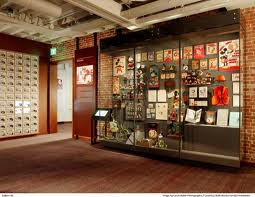
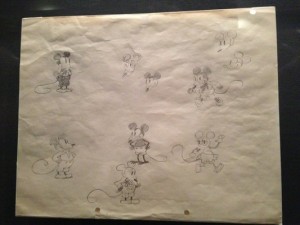
The fourth gallery in the museum is “The Move to Features”. This section features displays of the Disney Studios first full-length animated movie, “Snow White and the Seven Dwarves”. The film took over four years to complete and premiered on December 21, 1937 at the Carthay Theater near downtown Los Angeles. During the production process, the Disney Studios brought in live animals so that the animators would be able to study and draw the animals in a realistic style and not “cartoon” features. The Studio developed a special Character Model Department where sculptures were created so that the animators could study the characters from all sides allowing them to draw better figures. (Be sure to check out some of the very detailed three dimensional figures in this section. Also displayed are several original artwork and character studies drawings used to create the Snow White film) After losing the rights to the Oswald character in the 1920s, Walt had learned an important lesson about marketing and numerous Snow White items were sold to promote the movie. (Look for the Snow White Doll and charm bracelet in the display case in this section of the museum)
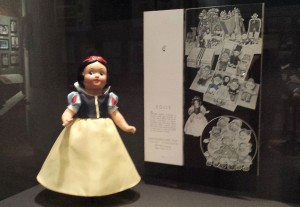
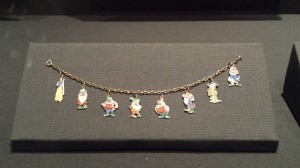
The fifth gallery of the museum is “New Success and Greater Ambitions”. With the critical success of Snow White, the Disney Studios had achieved the financial means to build a new state of the art facility in Burbank, CA. and went on make Pinocchio, Bambi and Fantasia over the next ten years. The production process for each of these films took several years to complete starting with Walt’s famous storyboards which were used to determine the film’s final storyline that would inspire and guide a team of animators to create the final drawings that were sent to the paint and ink department to be colorized and then filmed using the unique multiplane camera which gave the illusion of depth to the two dimensional characters drawn by the animators. (Be sure to take a close look at the multiplane camera on display in this section, visitors are able to view the camera from two different levels on the first and second floors) Each of these films received great critical acclaim but brought the Studio only minimal financial success due to the onset of World War II causing a decrease in theater attendance in the United States and very limited international distribution. (In this section of the museum, visitors will see rare production artwork, character models, drawings and animation cels for all three films and the unique animator desk which was specifically made for the Disney Studio)
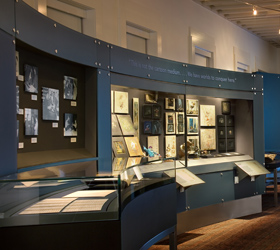
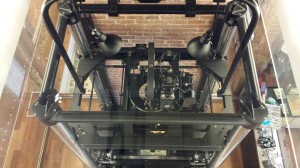
The sixth gallery is “The Late 1930s to Mid 1940s”. This period of time is the Walt’s life was plagued by a series of unfortunate circumstances and events. On a personal note, both Walt’s parents died; first his mother, Flora, in 1939 and later his father, Elias, in 1940. Then in May 1941 the Walt Disney Studios faced an employee strike which lasted several weeks severely damaging the company and Walt’s reputation. (Be sure to take the time to look at the photos and union flyers from the strike) During the time of the strike and before it had been settled, Walt was advised to remove himself the negotiation process and a special U.S. State Department “goodwill” trip to South America was quickly planned. As a result of this trip, the Disney animated feature, Saludos Amigos, starring the Three Caballeros was later made. Back at home, the Disney Studios production of Dumbo had been halted during the strike but it eventually premiered in October 1941 and received very limited success. (In this section of the museum there are many drawings, character studies and animation cels from Dumbo) Then with the start of World War II, the Disney Studios lost many of their employees as the men went to serve in the U.S. military during World War II. Once again production stopped on many of their animation films and instead they did their patriotic duty by making training films for the military and other morale-boosting shorts films such as Der Fuehrer’s Face starring Donald Duck. (Display in this section are various military regiment and squadron insignias created by the Studio featuring Disney characters)
In the seventh gallery is the “Post War Rebuilding”. This section of the museum covers the Disney years between the Mid 1940s to the early 1950s. With the end of World War II, the Disney Studios produced several successful animated films; Cinderella, Alice in Wonderland, Peter Pan and Lady & the Tramp. During this time, Walt had decided to venture from animated films into live-action productions with the 1950 Treasure Island and 1954 20,000 Leagues Under the Sea. (In this section, visitors will see several concept and animation art from these animation and live-action films including the underwater camera used in the filming of 20,000 Leagues Under the Sea) Before, proceeding into the next area of the museum, there is a wonderful display of some of the Disney personal possessions including Walt’s large collection of miniatures. (Be sure to look for the unique charm bracelet that was a gift from Walt to his wife, Lillian, to acknowledge the important personal role that she played in his professional success. The 18k gold bracelet features twenty miniature Oscar charms to represent those Academy Awards he received)
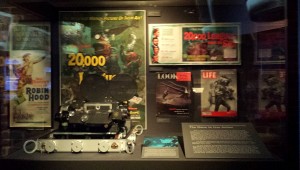
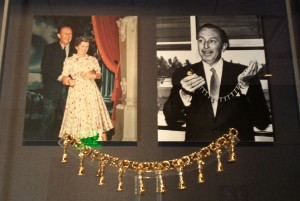
The eighth gallery of the museum is “Walt and the Natural World”. Walt had always loved nature since he was a young boy growing up on the farm in Marceline, MO. When the Disney Studios had ventured into making live-action films it naturally (no pun intended!) led to nature documentaries. The first one, the 1949 Seal Island, featured a group of seals and their seasonal habits. Since the Disney Museum is located in the Presidio, the large floor to ceiling windows in this section allows visitors some wonderful views of the Golden State Bridge. (Be sure to stop and take a few minutes to enjoy the view and it is also a perfect opportunity to get a great photo of the Bridge!!)
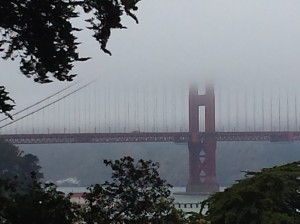
The ninth gallery is “The 1950s and 1960s: The Big Screen and Beyond”. This section is one on the largest areas in the museum because it encompasses a twenty year span that was one of the most productive times in the Disney Company. For the first time, the Company was financially secure and Walt was able to build a beautiful home in the Holmby Hills section of Los Angeles. (Walt was an amateur model railroader so be sure to see the Lilly Belle, a 7¼ scale model locomotive, that Walt built and used on the track installed in his backyard that is displayed in this section of the museum) The Disney Studio had established a reputation for making quality animated and live-action films and during this time they also started making weekly television shows. Some of the most successful were the Disneyland TV show which help to fund and market Walt’s new theme park and was later renamed the Wonderful World of Disney, The Mickey Mouse Club which featured a cast of young talented Mouseketters, Davy Crockett which featured a catchy theme song and started the national craze of coon-skinned hats and the adventure series, Zorro.
The Disney Company had also expanded into other parts of the entertainment industry. Walt had a big dream to create a theme park that would be filled with attractions and rides that families could enjoy. Disneyland opened in July 1955 and proved to be successful with the public and very profitable for the Disney Company. (This section of the museum has several displays of the theme park memorabilia but be sure to check out the large model of Disneyland, the details are amazing!) Special note: If you are looking for more detailed information about Disneyland, I would like to recommend the five part series which features the history of Walt’s first theme park and the various attractions and rides of Disneyland. Just click on the link, Part One – The history of Disneyland.
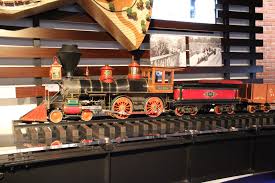
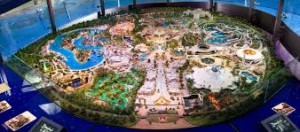
When Walt was planning and building his theme park, he created a separate department of the Disney Company. This creative group of imagineers went on to work on several projects for the 1964-65 World’s Fair which as held in New York and later some of these attractions were added to Disneyland, such as It’s a Small World and the Carousel of Progress. Walt was fascinated with the new technologies being developed at this time and incorporated many of these ideas into his latest project, EPCOT the Experimental Prototype Community of Tomorrow, which he was planning on building near Orlando, Florida.
The Disney Company continued to make movies and one of their most successful ones premiered in 1964. The Mary Poppins movie was based on the books written by P.L. Travers and was an instant hit with both the critics and public. Walt would receive the Best Picture Academy Award for Mary Poppins in 1965. Special note: For more information about this classic Disney movie, please click on the link Mary Poppins – the book, movie and play.
The tenth and final gallery of the museum is “Remembering Walt Disney”. When Walt Disney died on December 5, 1966 the world mourned and this section displays the many letters, telegrams, newspaper and magazine articles that were written shortly after his death expressing not only the feeling of sorrow but also acknowledging appreciation for the quality entertainment that Walt provided to the millions of people around the world. This section of the museum is a wonderful way to reminder visitors of the lasting legacy of Walt Disney.
Travel note: When the Presidio closed in 1994, the National Park Service took over the administration of the property and several buildings were converted into business and corporate facilities. Located near the Walt Disney Family Museum is George Lucas’ Industrial Light and Magic. Just in case you were wondering, the Lucas campus is a working production facility and there are no public tours offered. (Darn it!!) Visitors are welcome to enjoy the 17 acres of the beautifully landscaped public property surrounding the buildings of ILM and if you decided to take a walk there be sure to look for the “Yoda” water fountain.
If you are looking for more Disney experiences, we would highly recommend a visit to Marceline, Mo if you are planning a visit to the Midwest. Last year, we took a road trip to the boyhood home of Walt Disney and enjoyed seeing the Disney family home, the Walt Disney Hometown Museum located in the old Santa Fe Railroad Train Station, the Walt Disney Elementary School and walking along the street in Marceline that is said to be the inspiration for the Main Street at Disneyland. (If you are interested, please click on the link, Walt Disney’s Marceline, for additional details regarding a visit to this small Midwest town)

